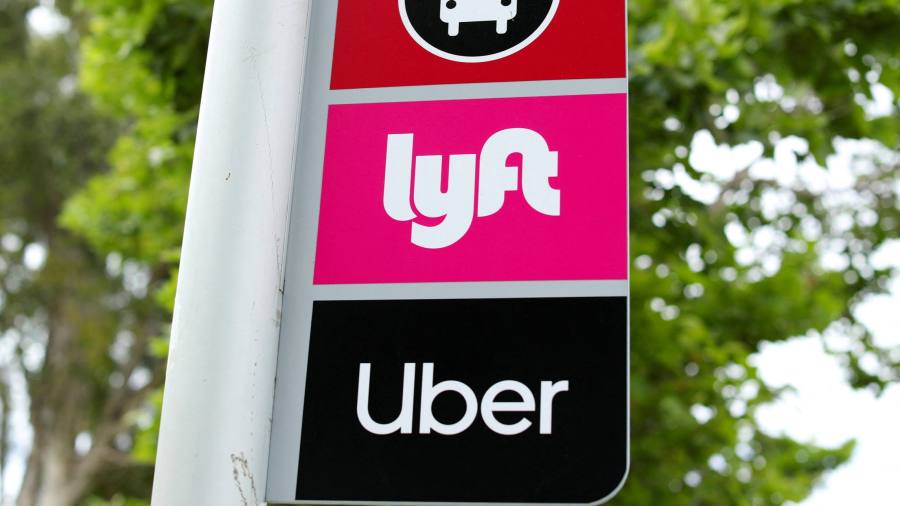Receive free Lyft Inc updates
We’ll send you a myFT Daily Digest email rounding up the latest Lyft Inc news every morning.
Lyft would like investors to think it is back in the driver’s seat. The number of active riders on its ride-hailing platform has hit a three and a half year high. Drivers have flocked back to work for Lyft. That is despite fierce competition from larger rival Uber.
Markets took a different view. Lyft’s shares fell 8 per cent on Wednesday, taking its losses over the past year to 43 per cent. While ridership is up 8 per cent at 21.5mn in the second quarter, that is still well below the levels seen prior to the pandemic. Critically, the increase in riders came at the expense of revenue and profit.
Under new chief executive David Risher, Lyft has cut its fares and reduced surge pricing. The strategy resulted in a 5 per cent drop in revenue per active user to $47.51 during the quarter. Worse, overall group revenue grew just 3 per cent year on year, a sharp deceleration from the average growth rate of 22 per cent reported over the past four quarters.
To maintain a steady supply of drivers, Lyft cannot simply increase its “take rate” either to improve its profitability. The metric — which measures how much of a fare Lyft keeps — is down year over year. The company said it expected take rates to continue slipping in the second half of the year.
Aggressive cost cutting, including laying off a quarter of its corporate workforce, has helped Lyft narrow its operating losses for now. But this is not sustainable.
Lyft has no clear path to profitability. If it raises prices to its riders or increases charges on drivers, they will simply defect to Uber. The latter — helped by a more international and diversified business model — reported its first operating profit in the most recent quarter.
Lyft’s market value, which stood at almost $22bn in March 2021, has collapsed to $4bn. The shares trade at less than 1 times 2024 revenue, compared to Uber’s two times. Unless Risher can produce a clearer road map to profitability, Lyft’s final destination may be as an acquisition target.
Listen to Lex deputy editor Elaine Moore talk to creators, companies and critics about the next era of social media in the FT’s new Tech Tonic podcast series.
Read the full article here



